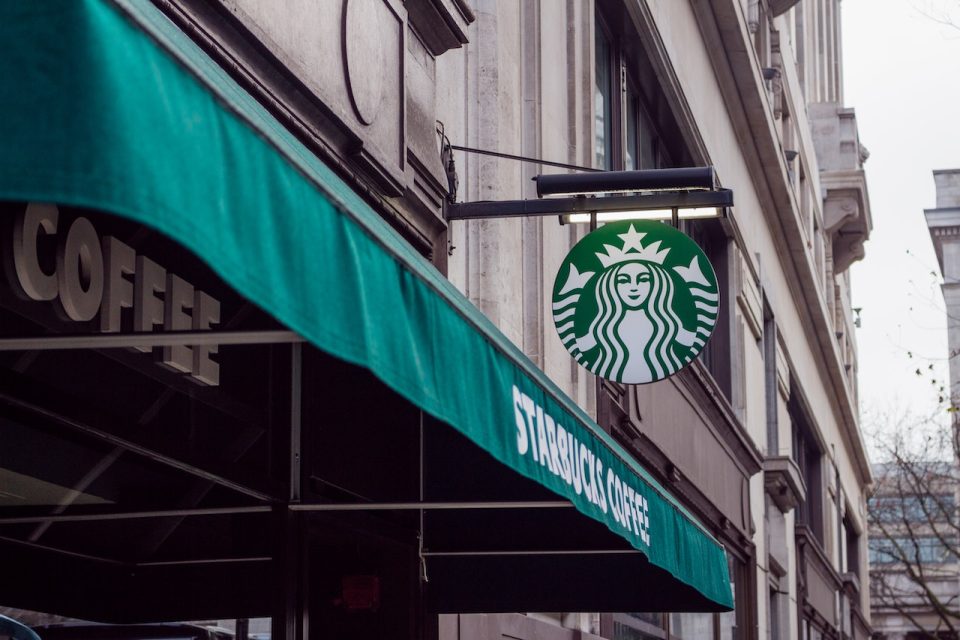In a strategic move, Starbucks Corporation announced a significant shift in its approach to the Chinese market as founder and former CEO, Howard Schultz, steps down from the board of directors. Schultz, a pivotal figure in establishing the stronghold of Starbucks in China, will be succeeded by former Alibaba executive Wei Zhang, effective October 1st. This transition is viewed as a testament to the company’s renewed commitment to the Chinese market.
Bernstein analyst Danilo Gargiulo noted, “Howard Schultz was the mind behind China’s special positioning in Starbucks’ ecosystem…and the key figure behind substantial Chinese government support on Starbucks expansion plans in China.” The departure of Schultz, who historically opposed franchising, has sparked speculation about potential shifts in the operational model of Starbucks in China.
With Zhang’s appointment, Gargiulo raised the question of whether Schultz’s exit could pave the way for Starbucks to consider a franchising strategy in China, citing factors such as lower store profitability and heightened competition.
Starbucks’ international footprint has gained momentum, recently marking its 20,000th location outside North America. The company is set to open an additional 9,000 stores in China over the next two years, solidifying its position as a major player in the Chinese market.
Starbucks’ foray into China began in 1999 with the inauguration of its first store in Beijing, followed by the opening of its inaugural Shanghai location in 2000. From the early 2000s through 2017, the company pursued expansion through licensing agreements and joint ventures to tap into the untapped potential of the Chinese market.
In 2017, Starbucks executed a pivotal move by acquiring the remaining 50% stake of its East China business for $1.3 billion, signaling a shift towards directly owned and operated stores. Georgetown professor Arthur Dong commented, “They saw the strong profitability of many of their existing units, and it got to the point where Starbucks probably learned enough about the Chinese market…[that] they felt they didn’t need to have a partnership any longer.”
Starbucks has not only invested in its retail presence but also fortified its manufacturing capabilities in China. The company recently unveiled its China Coffee Innovation Park, a $220 million venture, signifying its commitment to long-term growth in the Chinese market.
China currently stands as Starbucks’ “second home market,” representing a significant portion of its global portfolio. In the third quarter, the company added 588 new stores worldwide, bringing its total store count to 37,222.
While Starbucks has been successful in navigating the Chinese market, some analysts caution about potential challenges, including geopolitical tensions and an evolving regulatory landscape. Cowen analyst Andrew Charles noted concerns about China’s economic recovery potentially impacting Starbucks’ trajectory in the region.
As Starbucks eyes its ambitious goal of 9,000 stores in China, the prospect of adopting a franchise model could be a strategic move, according to Georgetown’s Dong. This approach, he suggested, would enable local Chinese investors to bear the financial risk, potentially bolstering Starbucks’ position in a dynamic market.
In a landscape where Starbucks’ stores are currently 51% company-operated and 49% licensed globally, the potential adoption of a franchise model would align with industry trends observed in other US-based brands in China, such as KFC and McDonald’s.
However, the ultimate success of this strategic shift remains contingent on Starbucks’ ability to navigate a complex economic environment in China. The company’s adaptive approach, coupled with a keen understanding of local dynamics, will undoubtedly play a pivotal role in shaping its future in the world’s largest consumer market.
Source: Yahoo finance

